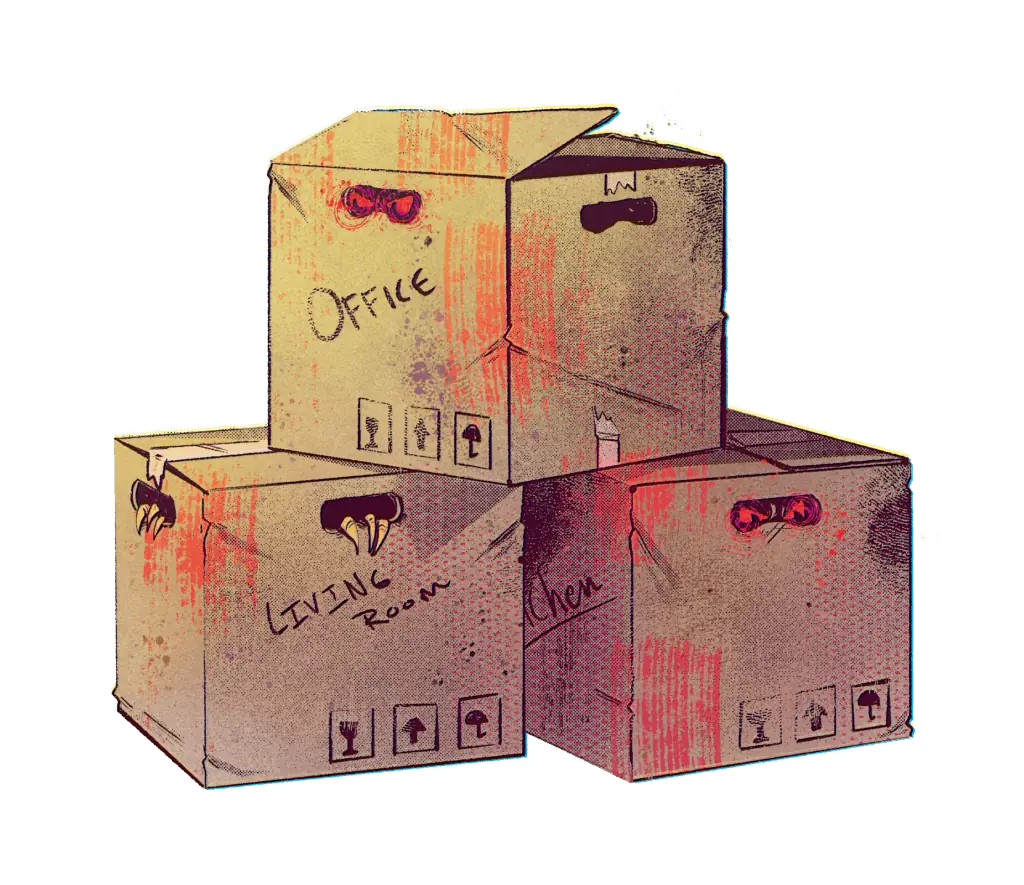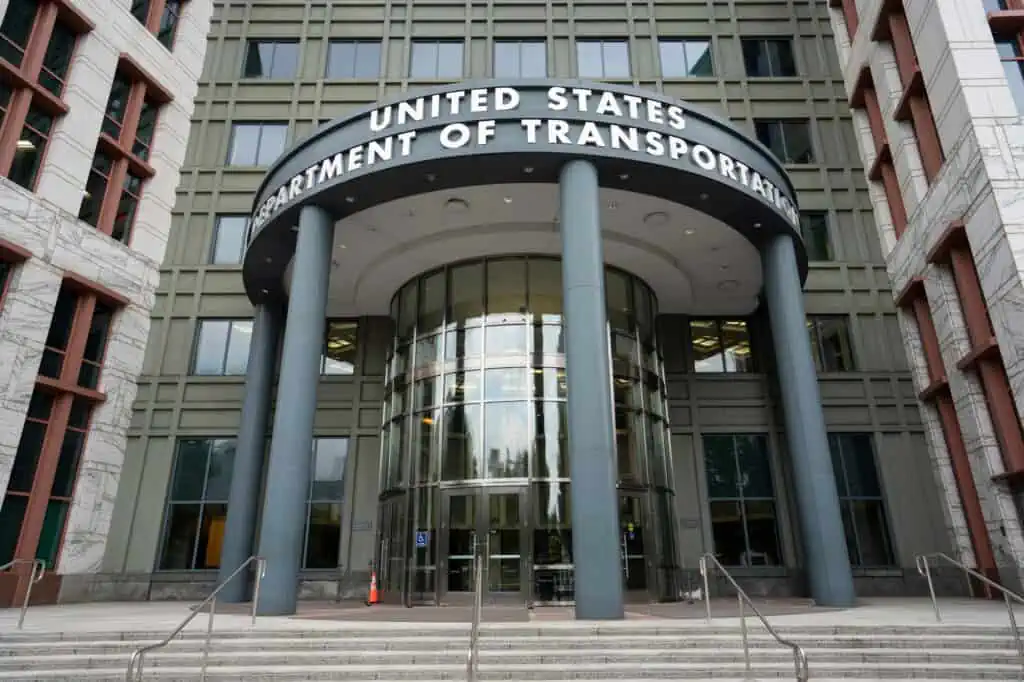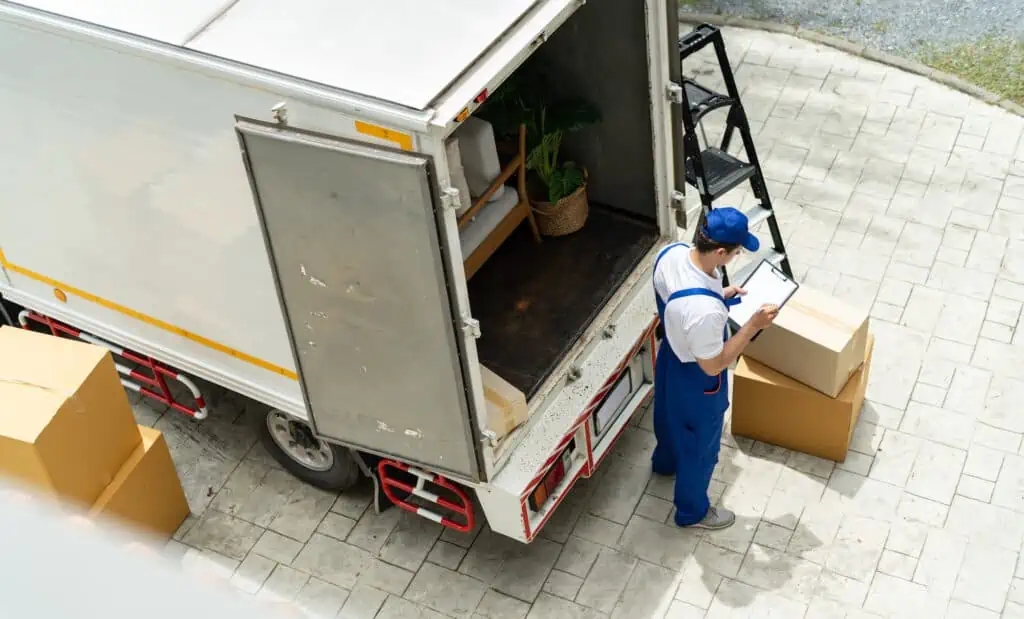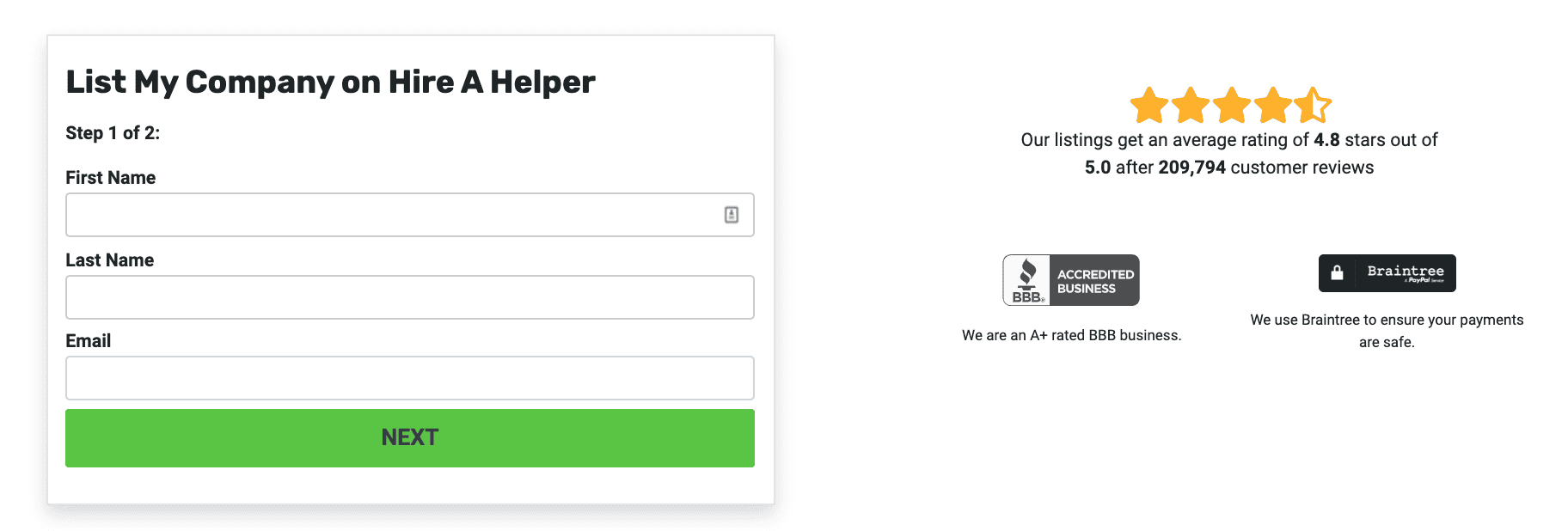Key Findings
- In 2023, 12% more moving scam reports have been filed with Better Business Bureau compared to last year
- After a dip in 2022, complaints about moving companies are set to grow 35% year-over-year by the end of 2023
- The financial toll of moving scams is projected to reach $1.59 million in 2023, 42% above last year’s total
- Consumers lost an average of $836 to moving scams in 2023, 7% more than in 2022
- Moving scams are most common in Wyoming (one in every 4,426 moves) and least common in Texas (one in every 41,410 moves)
Moving scams may have dipped in 2022, following their peak during the COVID-19 pandemic years. But according to the Better Business Bureau’s Scam Tracker, they are on track to increase 35% year-over-year.
In response to this trend, the Federal Motor Carrier Safety Administration (FMCSA) launched an operation called Protect Your Move in April of this year. This is timely, as our data indicates almost half (45%) of all the moves in any given year take place from May through August.
As we’re currently within the period that we in the business call “the moving season,” let’s look at the latest trends in moving scams, review which scams are the most common in 2023, and where these scams are most likely to happen to you.
Mover Beware: Moving Fraud on the Rise Again in 2023
After surging steadily through the COVID-19 pandemic years of 2020-2021, the number of moving scam reports fell by 60% in 2022, according to our analysis of the Better Business Bureau (BBB) figures.
This positive trend is unlikely to continue this year, as 12% more scam reports have been submitted to the BBB’s Scam Tracker in the first five months of 2023, compared to the same period last year. And that’s before moving season (i.e., the three months of the summer when the demand for moving services and total moves usually peak).
At this rate, the total number of reported moving scams in 2023 is projected to be 194, some 35% higher than last year.
That number would still be lower than what we’ve seen during the pandemic, but significantly higher than in any other non-pandemic year since 2016.
Hidden Costs: The Ongoing Financial Toll of Moving Scams
As if the increase in moving fraud wasn’t enough, the average amount U.S. consumers are reporting as lost to scammers is also increasing. In 2022, the average amount claimed to have been lost to scammers was $784. In 2023 so far, moving fraud in the United States averages $836 of loss, which is 7% higher than last year.
“What’s new this year is incidents of no-show (26%) and mover fraud (24%) have increased. Combined, they now account for 50% (up from 40% last year) of moving scams reported to the BBB.”
It’s worth mentioning that this increase isn’t just down to the average number being skewed by a few exorbitantly costly scams. The median amount lost to a moving scam in 2023 so far is $260. That figure is substantially higher than last year’s $190.
And what about the total financial toll of moving scams? Incorporating the latest BBB Scam Tracker figures, it currently sits at around $2.2 million per year, which is a figure extrapolated from the assumption that only 10% of fraud incidents get reported.
As moving fraud is estimated to rise in 2023, so is its financial toll. In the first five months of this year, American consumers already lost an estimated $543,000, which is 42% more than moving scams claimed over the same period in 2022.
If the current trend continues, the total amount lost to moving scams could reach $1.5 million by the end of the year.
Widespread in Wyoming, Costliest in Kansas: Moving Scams by State
Based on the most recent figures on moving scams and the number of people moving in each state, Wyoming comes out as the state where the ratio of moves to scams is the lowest. One scam is reported for every 4,426 moves that take place in Wyoming.
In second and third place on this unfortunate ranking are Vermont (one scam per 6,548 moves) and South Dakota (one scam per 6,783 moves).
Elsewhere, all three states on the west coast of the U.S. — Oregon, Washington, and California — feature among the 10 states where moving fraud is most pervasive.
| State | Moves Per Scam |
|---|---|
| Wyoming | 4,426 |
| Vermont | 6,548 |
| South Dakota | 6,783 |
| Oregon | 6,867 |
| Minnesota | 7,262 |
| Colorado | 8,488 |
| Arizona | 9,408 |
| Connecticut | 9,634 |
| Washington | 9,736 |
| California | 10,152 |
| State | Moves Per Scam |
|---|---|
| Texas | 41,410 |
| Idaho | 30,933 |
| Oklahoma | 28,578 |
| Nevada | 28,419 |
| Kansas | 24,155 |
| Kentucky | 22,307 |
| Massachusetts | 22,185 |
| Mississippi | 21,966 |
| Louisiana | 21,074 |
| Tennessee | 21,050 |
In Texas on the other hand, moving scams are rarest, where scams affect one in every 41,410 moves. This is rather impressive, considering Texas is the state with the second-highest number of people moving (with the highest being in California).
Idaho is the second-safest state for moving scams, hosting an impressive 30,933 moves per single scam. Oklahoma and Nevada register one scam in around 28,000 moves, while in Mississippi, Louisiana and Tennessee, the scams-to-moves ratio raises to around one in 21,000.
Dollars Lost Per State

Nevada ($2,435) and Alabama ($2,325) are close behind and, together with Kansas, are the only three states where the average financial loss from a moving scam averages higher than $2,000.
Other states with some of the highest average financial losses include New Jersey ($1,677), California ($1,210) and Florida ($1,001).
Conversely, in some states, moving fraud barely registers financially. For example, Idaho ($45), Massachusetts ($43) and Wisconsin ($40) all average less than $50 lost per moving scam so far this year.
Check out the interactive map below to see the average amount people lose to moving scams in your state.
Scam Tactics: Most Pervasive Moving Scams in America
Similar to last year’s findings, the most common type of moving scam reported to the BBB is the change of address scam.
Using this trick, perpetrators trick people who have recently moved into paying a fee (usually around $99.95 or more) for changing their address. Victims are directed to a website disguised to appear as a website from the United States Postal Service (USPS). This scam accounts for 31% of scams reported, down from 37% last year.
Not showing up
What’s new this year is incidents of no-shows (26%) and mover fraud (24%) have increased. Combined, they now account for 50% (up from 40% last year) of moving scams reported to the BBB.
A no-show is a scam where a moving company asks someone for a deposit or some form of an upfront fee, that fee is paid, and then no movers show up on the day of the move. Most frequently, that so-called moving company is unreachable afterward.
Here’s a description of one such scam reported to the BBB by someone who fell victim to it this year:
“Contacted movers to move my son. They said I would need to Zelle them with the deposit ($561.00) which I did. Moving day came and they contacted me and said they were running late. I was ghosted after that! No move was performed by this company.”
Mover fraud is a category of scams that includes fake moving companies posing as real moving businesses that at best are operating without a license, or, in the worst of cases, take people’s possessions until a ransom is paid (otherwise known as a “hostage load”).
It was specifically the increase in “complaints of movers holding household possessions hostage to extort exorbitant additional charges from consumers” that prompted the Federal Motor Carrier Safety Administration to launch a crackdown on hostage loads in April of this year.
The other 19% of scams couldn’t be placed in a single category, and include a mixture of things like suspicious movers failing to adhere to the terms of the contract, overcharging, giving customers discounts for positive reviews, and more.
More Moving, More Problems: Why Moving Scams are Spiking in 2023
Why are the scams spiking in 2023? Based on our analysis, the reason behind the recent rise in this type of fraud is twofold.
Firstly, more people are moving. A recent Census Bureau’s Residential Home Sales report shows a 15% year-over-year jump in residential home sales in April 2023. Elsewhere, recent figures show a spike in new home sales. By contrast, 2022 was the year when home sales declined continually and sharply.
Housing is one of the top reasons why people move, so it’s likely that more scams occur because there is a greater demand for moving services and, therefore, a greater likelihood to encounter scammers.
“In 2023 so far, moving fraud in the United States averages $836 of loss, which is 7% higher than last year.”
The second reason has to do with the high susceptibility of consumers to moving scams. The BBB defines susceptibility as “the percentage of consumers who reported losing money when exposed to a scam”. By this metric, moving scams are among the most dangerous, with 66% of them resulting in financial loss. That’s second only to online shopping!
With such a high rate of financial damage, moving scams are more likely to be reported, as consumers attempt to do all they can to reclaim what they’ve lost and warn others of potential fraudsters.
See prices for local moving labor. Read real customer reviews. Easily book your help online.
Moving Safely and Soundly: How To Not Get Scammed When Moving
To help you avoid getting scammed while moving, we have put together these tips.
- Compare multiple quotes to avoid scams and ensure a good deal. Beware of significantly lower or higher quotes, lack of concrete details, absence of written contracts, and excessive down-payments.
- Check out the company’s online presence. Legitimate moving companies have a website and listings on legitimate platforms like Yelp or HireAHelper. A lack of online presence or frequent name changes may indicate a suspicious company.
- Look up verified customer reviews. Check past customer reviews and avoid companies with a history of dissatisfied customers on review-aggregating websites like Yelp and the BBB.
- Keep a detailed inventory of your possessions. Create a detailed list of packed items and consider taking photographs. Being organized helps prevent theft and identify missing items after the move.
- Lock up your most expensive valuables. Use lockable moving boxes and properly pad fragile items to prevent tampering or theft.
- Consider buying moving insurance. Moving insurance can protect against financial losses due to damaged or lost items. Third-party insurance is recommended in case of fraudulent moving companies.
For more information on moving scams, and how to protect yourself from fraudulent movers, please read our extended guide.







